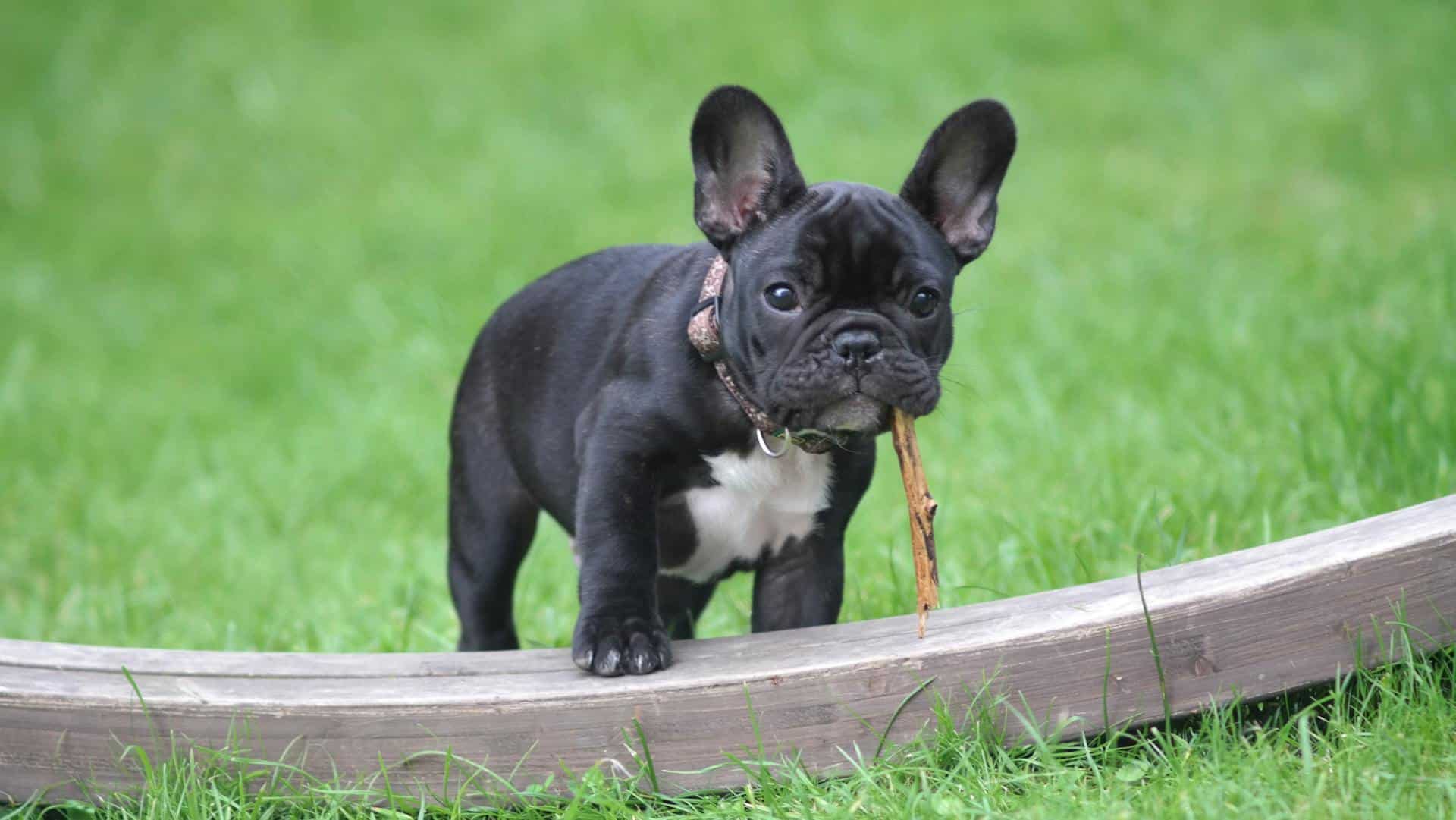Dog training is an essential part of your relationship with your canine companion, especially when it comes to leash training. The English Bulldog, a breed known for its tenacity and stubbornness, can often prove challenging to train. But, with the right knowledge, patience, and a little bit of creativity, you will be able to train your English Bulldog to walk comfortably on a leash. In this comprehensive guide, we will shed light on the optimal leash training techniques for a stubborn English Bulldog.
Understanding the English Bulldog Breed
Before we delve into the nitty-gritty of leash training, it’s important to understand the unique characteristics and temperaments of English Bulldogs. Recognized by the American Kennel Club (AKC), English Bulldogs are well-loved for their distinctive appearance, gentle disposition, and an occasionally stubborn streak. This understanding will be instrumental in designing a successful leash training program for your Bulldog.
Dans le meme genre : What is the best approach to manage resource guarding in a food-possessive Chow Chow?
English Bulldogs are strong-willed dogs with a mind of their own. They may well be described as a “free spirit,” which makes training a bit more complex. However, their drive to please their owners makes them capable and eager learners.
An important aspect of English Bulldog training involves addressing the breed’s natural inclination to pull on the leash. Bulldogs, originally bred for bull baiting, have a natural instinct to pull and tug. This behavior is not a sign of aggression but rather an inherent trait that requires patience and understanding to overcome.
Cela peut vous intéresser : What are the essential grooming tips for maintaining the silky coat of a Papillon?
Step-by-Step Guide to Leash Training Your Bulldog
When you begin leash training, the key is to remember that you are not just training your Bulldog to walk on a leash. You are teaching your Bulldog to develop an association between the leash and a pleasing, rewarding experience. Here’s a step-by-step guide to leash train your Bulldog effectively.
Step 1: Introduction to the Leash
Start by introducing your Bulldog to the leash. Allow your puppy to sniff and examine it. Create a positive association with the leash by offering treats and praises. Do this for a few days until your Bulldog is comfortable with the leash.
Step 2: Indoor Leash Training
After your Bulldog is comfortable with the leash, start training indoors where there are fewer distractions. Simply attach the leash and let your Bulldog walk around the house under your supervision. This allows your Bulldog to get used to the feel of the leash.
Step 3: Adding Commands
Once your Bulldog is comfortable walking with the leash around the house, start incorporating basic commands like “come,” “sit,” and “stay.” Use rewards and praises as positive reinforcements.
Step 4: Venturing Outdoors
Gradually introduce your Bulldog to the outdoors. Start with short walks around the backyard before venturing out on the street or park. Always maintain a positive and calm demeanor.
Step 5: Consistent Practice
Consistency is key. Regularly practice the commands and leash walking. Over time, your Bulldog will become accustomed to the process and will be a pro at leash walking.
Using Rewards and Positive Reinforcements
The next step in leash training your Bulldog involves the use of rewards and positive reinforcements. Bulldogs respond well to rewards, be it in the form of treats, toys, or praises. A reward serves as a positive reinforcement that encourages good behavior.
Every time your Bulldog follows a command or behaves well on the leash, immediately offer a reward. This helps your Bulldog understand that good behavior results in positive outcomes. Over time, this positive reinforcement will motivate your Bulldog to behave well when leashed, making the walks a pleasurable experience for both of you.
Dealing with Leash Pulling
Finally, let’s tackle the issue of leash pulling, one of the most common behavioral issues seen in Bulldogs. Bulldogs are strong and muscular dogs, and their inherent pulling instinct can make leash training seem like an uphill task.
When your Bulldog starts pulling on the leash, stop walking. Stand still and wait for your Bulldog to stop pulling and pay attention to you. Once your Bulldog calms down and gives you its attention, reward it with a treat or praise. Repeat this process whenever your Bulldog starts pulling.
You can also try changing your direction when your Bulldog pulls on the leash. This diverts their attention and redirects their energy, teaching them to follow you rather than lead.
Leash training a stubborn English Bulldog may seem challenging initially, but with patience, consistency, and proper techniques, your Bulldog will be walking happily on a leash in no time!
Crate Training and Its Role in Leash Training
Another essential component of training your Bulldog is crate training. A crate provides a safe and secure space for your Bulldog and can be used as a tool to manage behavior and facilitate leash training.
Crate training encourages a sense of security and order for your Bulldog, and it can help reduce anxiety during leash training. Use the crate as a safe and quiet place for your Bulldog to rest after a walk or training session.
Moreover, crate training can help in managing your Bulldog’s behavior when out of the crate and on the leash. By establishing boundaries and a routine, your Bulldog will be more likely to respond well during leash training.
Remember, the goal is to create a positive and comfortable environment for your Bulldog during training. With time, patience, and consistency, your Bulldog will come to enjoy the walks and the bond that leash training helps foster.
The Role of Persistence and Consistency in Leash Training
The journey to successfully leash train your English Bulldog isn’t always smooth. These dogs, known for their stubbornness, can test your patience. However, persistence is crucial in dog training. Even if the progress seems slow, it’s essential to stick with it and maintain your training sessions regularly.
Persistence should go hand in hand with consistency. Dogs thrive on routine, and Bulldogs are no exception. Regular, consistent training will help your Bulldog understand what is expected of them. Try to set up regular training sessions at the same time each day. This routine can be helpful in getting your Bulldog into a “training mindset.”
Leash training should be a gradual process. Do not expect immediate results, as this can lead to frustration and may negatively affect your training sessions. Instead, celebrate the small victories and incremental progress. Every step your Bulldog takes towards effective leash walking is a testament to your hard work and a step towards a more enjoyable walking experience.
Conclusion: The Rewarding Journey of Leash Training Your Stubborn English Bulldog
Leash training your stubborn English Bulldog may seem like a daunting task initially. However, understanding your Bulldog’s unique traits and using the right training techniques can make the process much more manageable. The key lies in patience, consistency, reward-based training, and understanding how to deal with leash pulling.
Hopefully, this guide has provided you with the necessary insights and tools to embark on this rewarding journey. Remember, leash training is not just about teaching your Bulldog to walk nicely on a leash. It’s about fostering a strong, lasting bond between you and your canine companion.
With time, your stubborn Bulldog puppy will transform into a well-behaved adult dog that walks comfortably on a leash. This transformation doesn’t just signify a well-trained dog but also marks the success of a patient and persistent dog owner. Remember, every dog walk is an adventure, and a well-trained Bulldog makes these adventures more enjoyable and stress-free.
So, buckle up and get ready to enjoy the journey of training your English Bulldog. The path may be filled with challenges, but the destination is worth every effort. Happy training!











